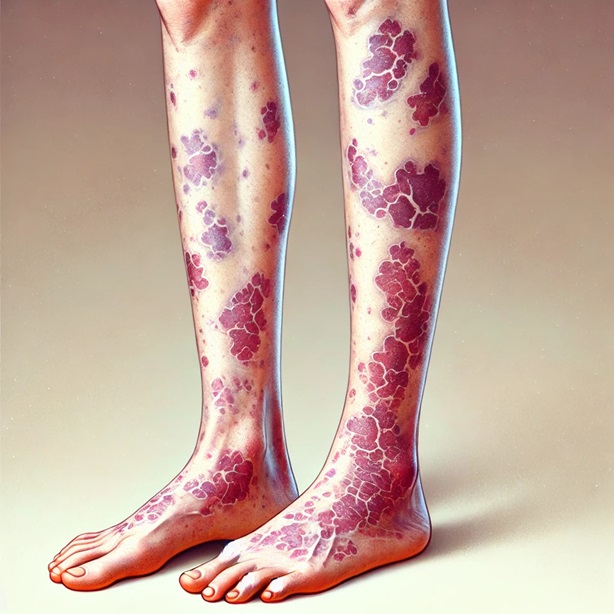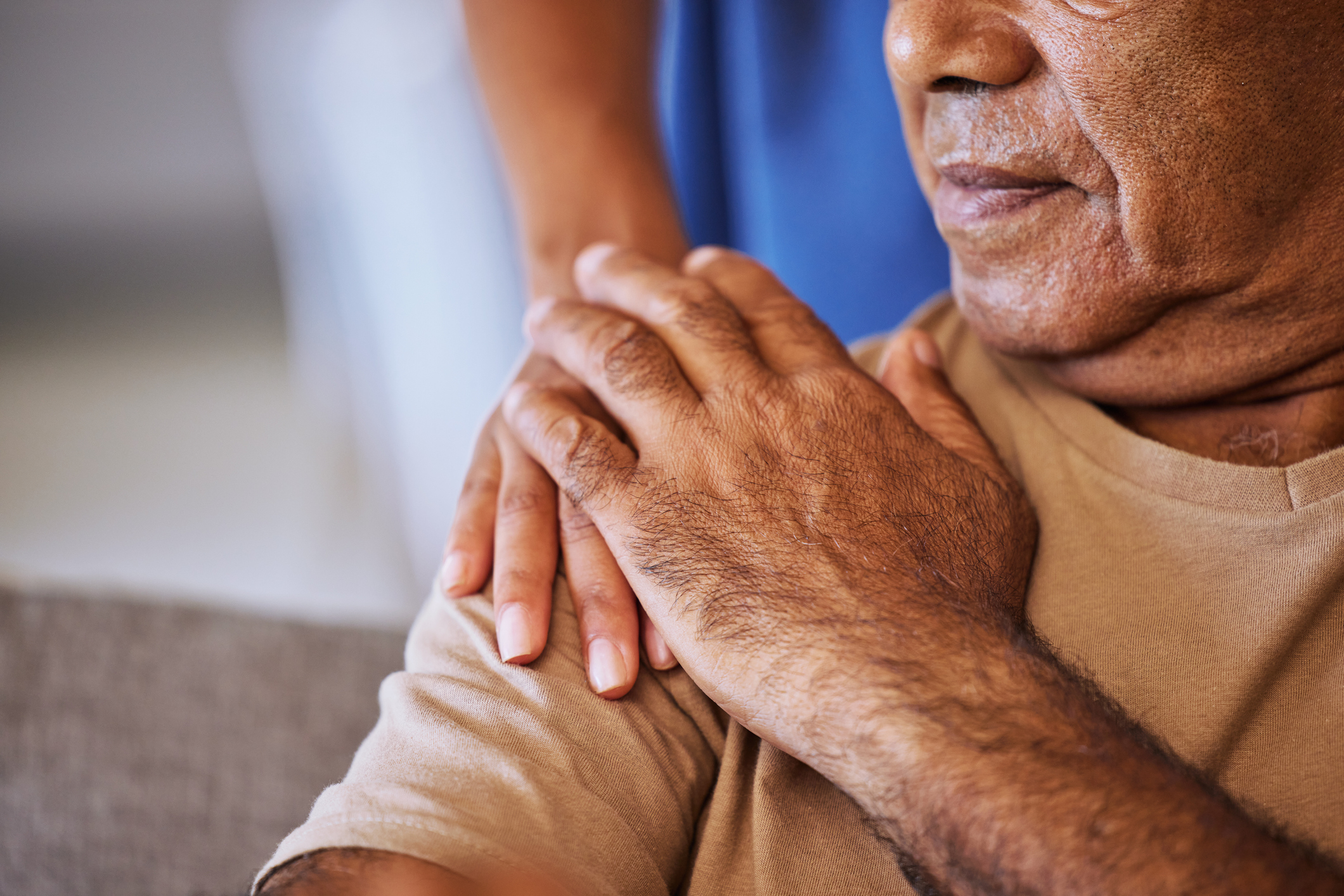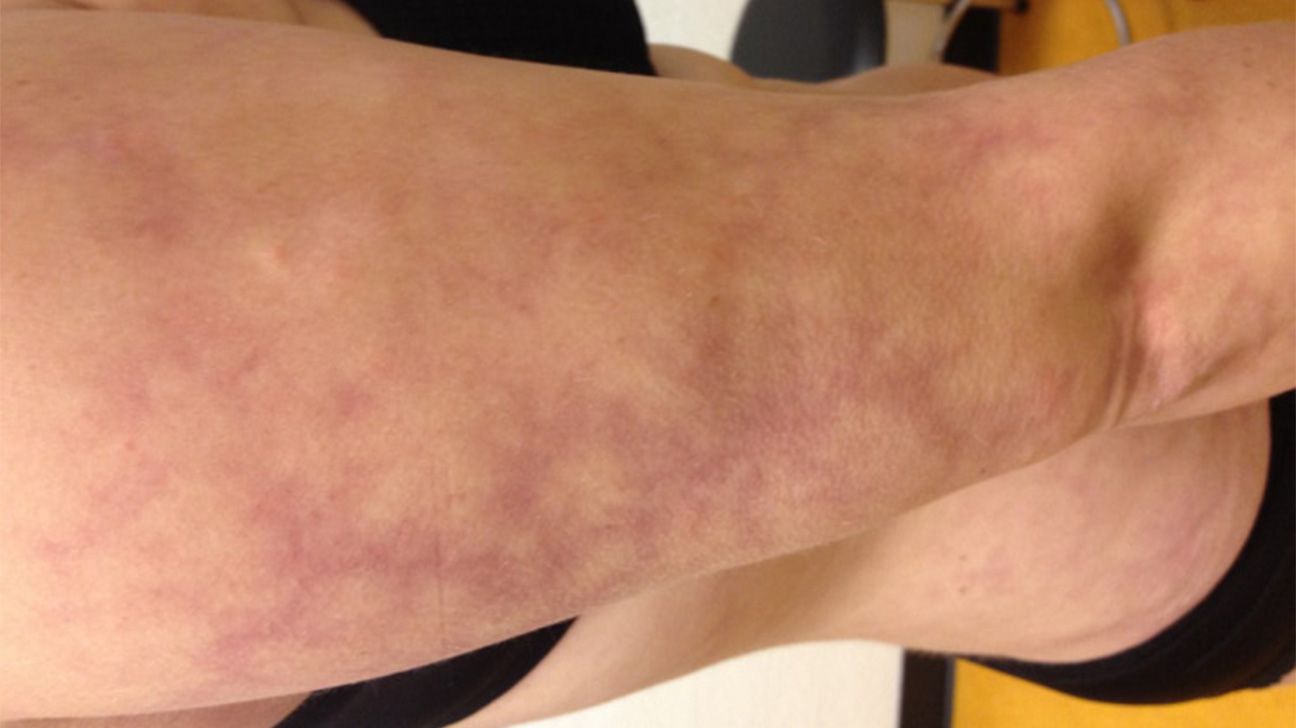Stages of Death: 7 Signs That Dying Is Imminent

We know it’s been a rough few months as your loved one has been battling a terminal illness or simply the effects of aging. As their caregiver, watching their journey through the stages of dying may be difficult, but we hope that you gain closure as you understand what to expect when your loved one is possibly ready for home hospice care in Las Vegas.
7 Signs you Will Die Soon
The following list contains most of the significant signs of death for a patient who may be receiving in-home hospice care. It is not exhaustive, and different people will display different signs as their time approaches. Such warning signs from the dead may be near are presented with respect, in the hopes that it will allow you to educate yourself in preparation for the difficult times ahead. Here are most common 7 signs you will die soon
1. Loss of Appetite
This is perhaps the most culturally aware sign of impending You may notice that your loved one will frequently begin refusing food several days in advance. Particular warning signs include a noticeably lessened appetite, a refusal of meat, and a lack of interest in historically favorite foods. After a certain period of time, they may lose interest in food altogether, opting to sleep for most of the day.
“Because your time matters, we gathered the top‑rated favorites in one place. Click through and uncover the product that feels designed for you.”
See It Now on Amazon →2. Drowsiness and Fatigue
This sign frequently goes hand-in-hand with a loss of appetite as the body is consuming less fuel, and energy levels decline as a result. Despite becoming difficult to rouse, care must be taken about what is said in the presence of your loved one as there are countless examples of people who are drowsing being aware of their surroundings enough to overhear nearby conversations.
3. Discolored Skin or mottling before death

Mottled skin is a late sign of death, especially when present in the upper half of the body. This is frequently paired with a cooling of the fingers or toes as blood flow decreases with the body’s attempts at keeping the crucial organs functioning. Mottled skin in the feet and toes can occur earlier in the dying process and is not inherently a sign of terminality.
Here are some mottled skin before death signs that may indicate death is imminent:
- Mottled or discolored skin, especially on the feet and legs
- Decreased appetite and difficulty swallowing
- Decreased need for food and water
- Labored or irregular breathing
- Increased sleep and decreased responsiveness
- Coldness in the extremities (hands and feet)
- Weak or irregular pulse
- Reduced urine output and darker urine color
The mottling timeline near the end of life, summarized in stages:
- Initial Appearance: Mottling starts in the final days, often on the feet, due to reduced blood circulation.
- Progression: Over hours to days, it spreads to hands and other areas, appearing blotchy with red or purple patches.
- Advanced Stage: Mottling may spread across the body within hours to a day or two, with other signs like irregular breathing.
- Final Hours: Mottling is common in the last hours, with minimal movement and shallow breathing.
Note: Mottling indicates death is near, but timing varies, and it may not occur for everyone.
Below is a gallery illustrating examples of skin changes in end-of-life care, specifically focusing on mottling and discoloration in hands and extremities.





4. Mental Confusion
As your loved one’s body begins to slip away from them, their level of conscious awareness may change, resulting in dementia-like symptoms in people who have never exhibited them before such as being confused about time or who is in the room, acting restless, and speaking less often or speaking sentences that don’t display proper awareness.
Related: How to Say Goodbye When Your Loved One’s Time Is Near
5. Labored Breath
This can be one of the eeriest signs of dying and has been called a “death rattle” when the person is by this afflicted particularly heavily. Breathing patterns can change to a long, loud, deep breath followed by several seconds of not breathing. The deep breath here can have a gurgling tone caused by bodily secretions—this can be abated somewhat by propping your loved one’s head upright.
6. Kidney Failure
Kidney failure can manifest itself in several ways, such as concentrated reddish-brown urine or swelling in the ankles and feet, but is always a sign of decline. This is not inherently a bad thing, however, as kidney failure at this stage can herald the onset of a peaceful coma, allowing the loved one to slip away quietly and with little pain.
7. Cool Extremities
As blood flow begins to slow, the far reaches of the body, such as the fingers and toes, will begin to cool. This is typically an extremely late sign, often occurring just hours or even minutes before death. This is frequently paired with mottled, discolored skin.
How to Prepare for the Death of Your Loved One
The most important factor at this difficult time is the comfort of your loved one. Get some extra blankets and pillows to help keep them as comfortable as you can. Many of the challenging tasks in care will be taken care of by hospice staff, leaving you better able to confront the emotional stress such a situation brings.
Despite what some of the signs that death may be near might suggest, your loved one will have moments of lucidity, and these moments are a gift. Spend time with them… laugh, joke, and cry. Especially cry: tears are good for you as an emotional venting mechanism, and they’re good for your loved one, since they are one of the truest affirmations of care. After the passing, don’t be afraid to seek grief counseling. Contrary to what some might suggest, there should be no stigma associated with needing help and seeking it. Just being able to talk to a neutral third party can be very helpful when working through something as challenging to cope with as the death of a loved one.
